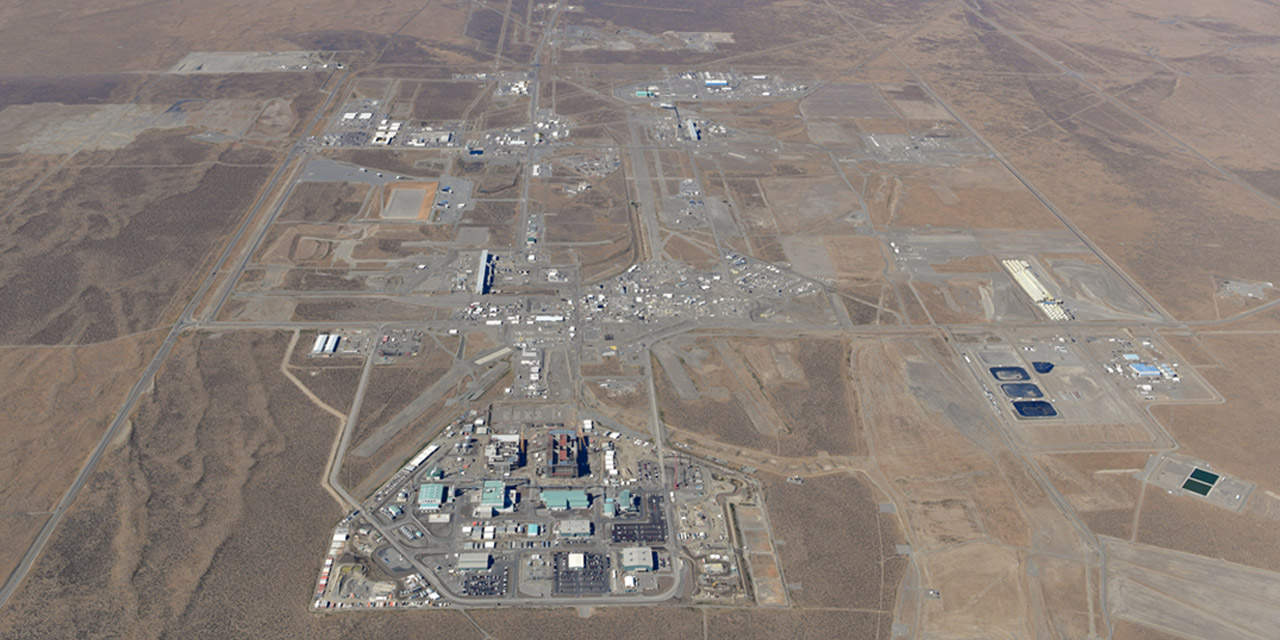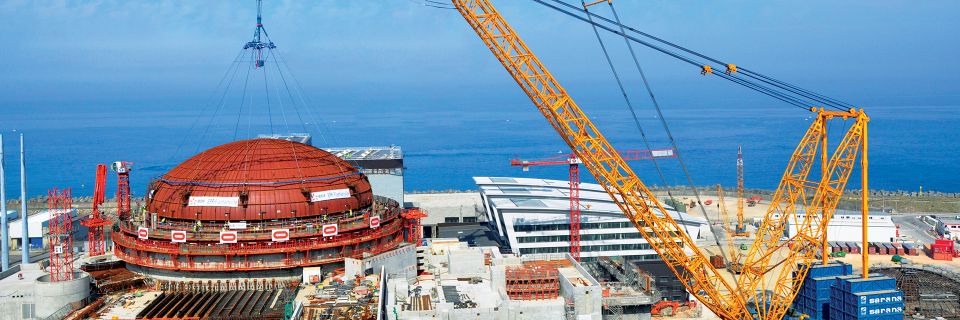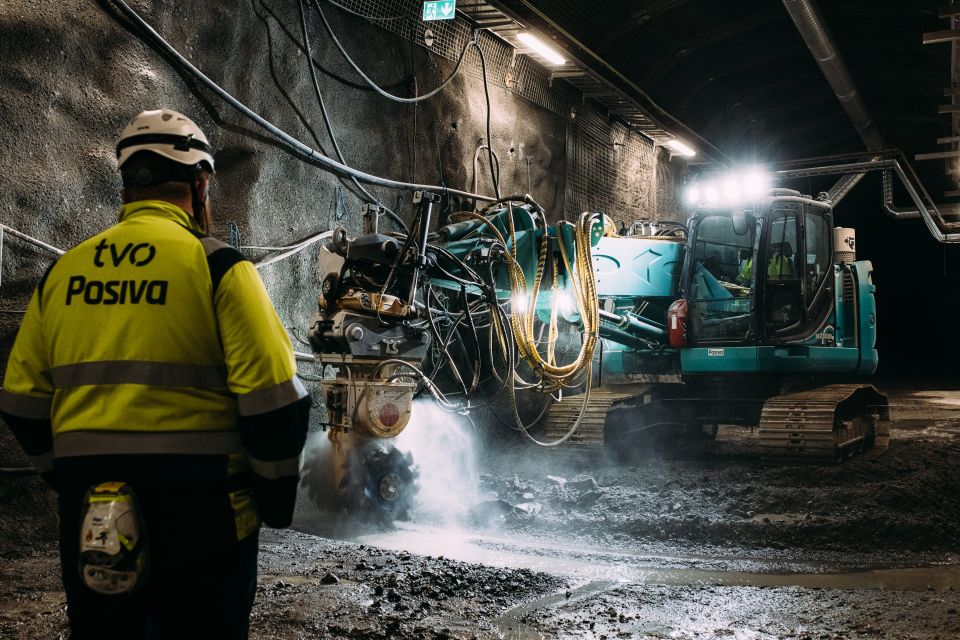Feds, state agree on deadlines for treating Hanford’s tank waste

The U.S. Department of Energy, Washington State Department of Ecology, and U.S. Environmental Protection Agency have reached an agreement on revised plans for managing millions of gallons of radioactive and chemical liquid waste stored in 177 underground tanks at the Hanford Site near Richland, Wash.
The agencies have signed a settlement agreement and are proposing new and revised cleanup deadlines in the Tri-Party Agreement (TPA) and the Washington v. Granholm consent decree. The agreement follows mediated negotiations that began in 2020, also known as Holistic Negotiations.
According to the agencies, the landmark agreement, announced on April 29, proposes “a realistic and achievable course” for cleaning up Hanford’s liquid waste.
Agreement highlights: The proposed TPA and consent decree modifications include the following:
- Maintaining existing time frames for starting treatment of both low-activity and high-level radioactive waste by immobilizing it in glass via vitrification.
- Using a direct-feed approach for immobilizing HLW in glass, similar to the DOE’s direct-feed low-activity waste program.
- Building a vault storage system and second effluent management facility to support treating HLW.
- Retrieving waste from 22 underground tanks in Hanford’s 200 West Area by 2040, including grouting the low-activity portion of the waste for off-site disposal.
- Designing and constructing 1 million gallons of additional capacity for multipurpose storage of tank waste.
- Evaluating and developing new technologies for retrieving waste from tanks.
Under the settlement agreement, the DOE has also committed to refrain from applying its interpretation of what constitutes “high-level waste” when disposing of treated waste or closing tank systems at Hanford. In 2021, the DOE affirmed its interpretation of HLW to mean that some wastes from the reprocessing of spent nuclear fuel may be classified as non-HLW and may be safely disposed of in accordance with its radiological characteristics.
Background: In 1998, the state of Washington, along with the DOE and EPA, signed the TPA, which sets the terms for completing the cleanup of Hanford in compliance with the Comprehensive Environmental Response Compensation and Liability Act and the Resource Conservation and Recovery Act. The TPA, which also contains a number of milestones for completing specific work, has been updated and modified several times since the initial signing to address changing site conditions.
The consent decree was the result of litigation against the DOE by the Washington State Department of Ecology in 2010. The decree, which set several deadlines for the DOE to begin treating Hanford’s radioactive tank waste, has likewise been modified a number of times, most recently in 2022 (Washington v. Granholm) as a result of disruptions caused by the COVID pandemic.
In May 2023, the DOE, Washington State Department of Ecology, and EPA reached a conceptual agreement in the Holistic Negotiations on drafting new TPA and consent decree changes.
Next steps: Proposed changes to the TPA and consent decree will go out for a 60-day public comment period beginning on May 30. During the comment period, the three agencies will hold regional public meetings in Washington and Oregon. Detailed information on these meetings will be available when the comment period begins.
Changes to milestones and deadlines are not final until the public comment period is complete, a response to comments is issued, the federal district court accepts the proposed amendments to the consent decree, and the agencies implement the proposed revisions.
The settlement agreement, proposed changes to the TPA, and proposed changes to the consent decree can be found here.
Quotables: “We have alignment on a plan that lays out a realistic and achievable path forward for Hanford’s tank waste mission,” said Brian Vance, Hanford’s DOE manager of the River Protection and Richland Operations offices. “Our One Hanford team is ready to get down to the business of more fully conducting the tank waste mission resulting in benefits for the environment, the people of Washington state, and the nation.”
Laura Watson, director of the Washington State Department of Ecology, said, “We’ve negotiated a durable framework that aligns our agencies and accelerates work while maintaining a robust and safe cleanup. The communities we all serve deserve no less.” Watson added, “This agreement will get more tank waste retrieved, treated, and disposed of on schedule and gives us a roadmap for Hanford cleanup through 2040 and beyond.”
EPA Region 10 administrator Casey Sixkiller said, “The disposal of tank waste is a critical component of the complex, site-wide cleanup efforts at Hanford. This agreement builds on decades of work and collaboration between the Department of Energy, state of Washington, and the EPA and will guide the tank waste mission as it enters a new phase of operation. We encourage all impacted tribes, community members, and other stakeholders to participate in the public review process.”







